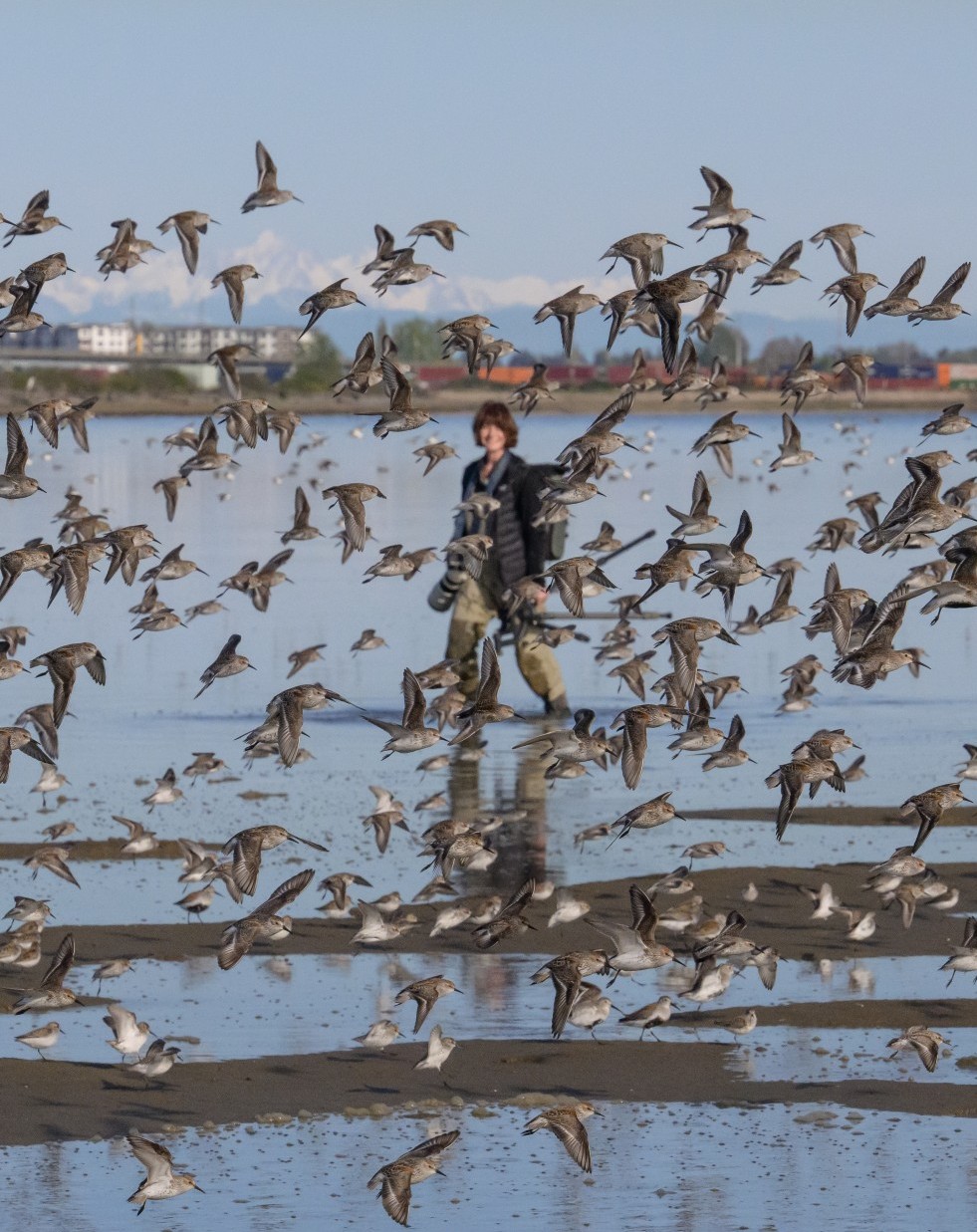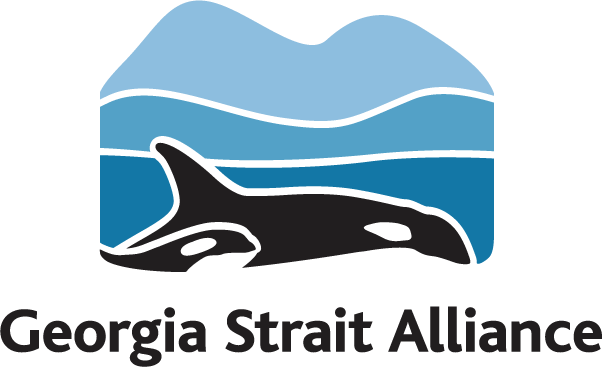Synopsis
SANDPIPERS’ LAST SUPPER tells the story of the western sandpiper’s long-distance migration and the importance of intertidal biofilm to their survival.
The film celebrates shorebirds — one of the fastest disappearing groups of birds in the world; conveys the beauty and the importance of intertidal mudflats; explains the emerging science around the immense ecological value of fatty acid producing diatoms in intertidal biofilm; and supports a call to action for the conservation of these vital habitats that have starkly declined around the world. The tiny sandpipers’ dining table set on the mudflats is food for an entire ecosystem. The benefits of fatty acids are not just for the birds, but for many species including the endangered southern resident killer whales, Pacific salmon, and ultimately humans. Like shorebirds, we consume fatty acids to gain energy, boost our immune system and stay healthy.

Director Statement
“I have had a personal connection to nature and birds since I was a child, growing up in France. I became deeply affected by a major oil spill that devastated seabird populations in Brittany and this environmental disaster was the starting point of my commitment as a writer and filmmaker to telling stories that can make a difference for the natural world.
I have always been fascinated by shorebirds as the planet’s most extraordinary global travellers. Each species has its own story, but in every case these annual migrations are among nature’s most epic dramas.
Since I moved to Vancouver from France over two decades ago, I have immersed myself in the spectacular spring migration of western sandpipers to the Fraser River estuary, photographing the birds on the mudflats every year. Learning to walk and sink in the mud is a transformative and humbling experience.
Sadly, most people think of mudflats as an ecological wasteland with no value, which makes these critical habitats extremely vulnerable to destruction. Even fewer people understand the importance of biofilm and the fatty acids these systems generate. Yet mudflats are hugely productive systems just like rainforests and fatty acids not only feed shorebirds, but also pass through the food chain to entire ecosystems and people.
In telling the story of this under-appreciated landscape that is at high risk of disappearing, I want to tell the larger story of the relationship that exists between terrestrial and marine environments through tidal mudflats and the relationship between people and nature. The shorebirds connect those dots.”
– Isabelle Groc, Director
Shorebirds are the greatest travelers in the world, migrating huge distances to visit the same feeding stopovers every year on their way to nest, and back again. Without the safety of these fueling stations they will not survive. They are declining very fast as humans take over their mud flats, their beaches and lagoons. Awareness is all. Watch SANDPIPERS’ LAST SUPPER, marvel at their flight and take a stand for these amazing birds before it’s too late.
Jane Alexander,
Tony- and Emmy-award winning actress, four-time Oscar nominee, author and wildlife advocate.





